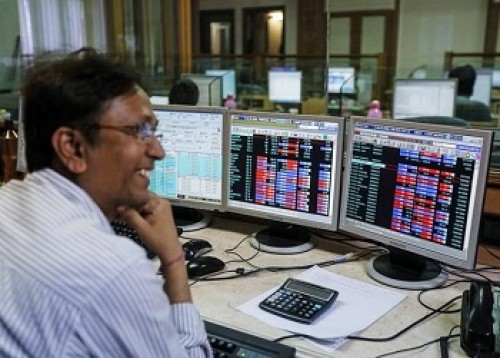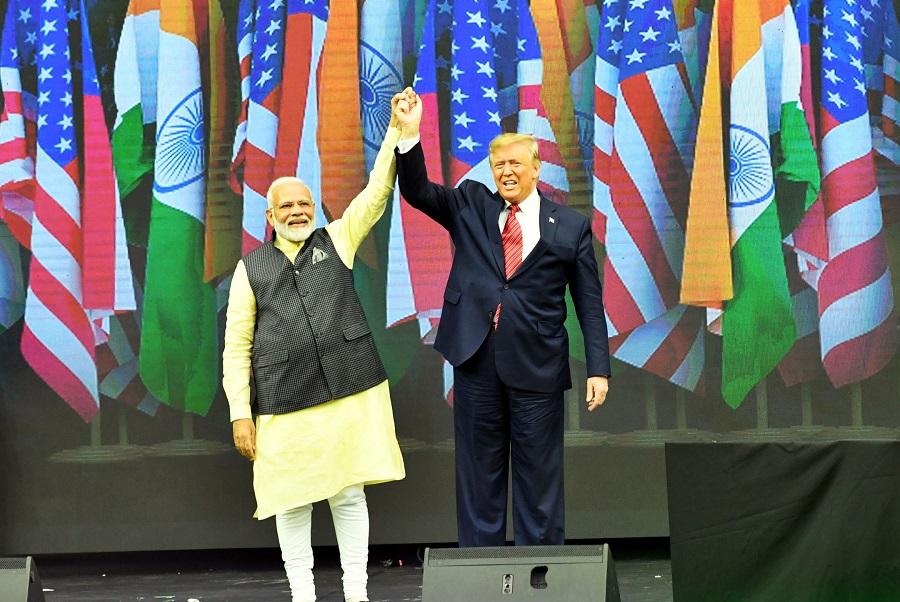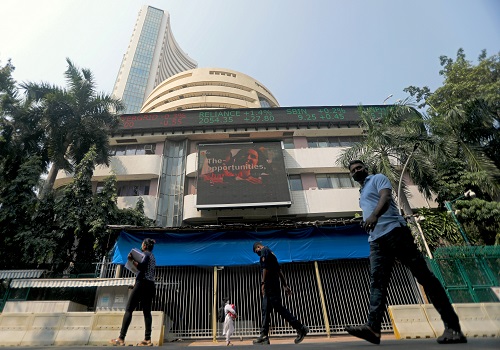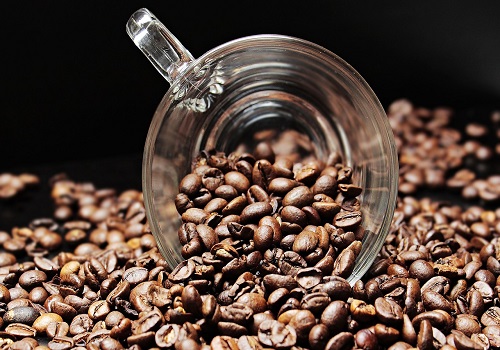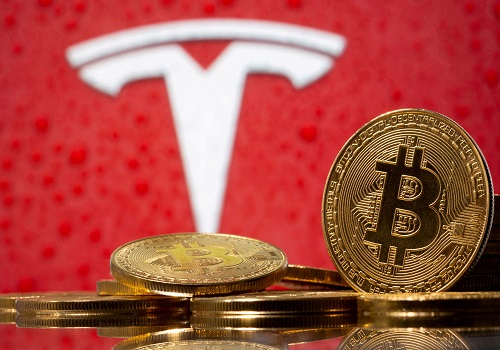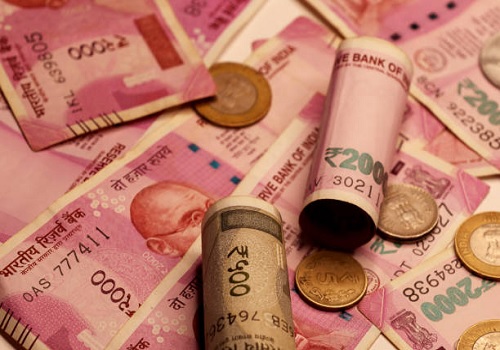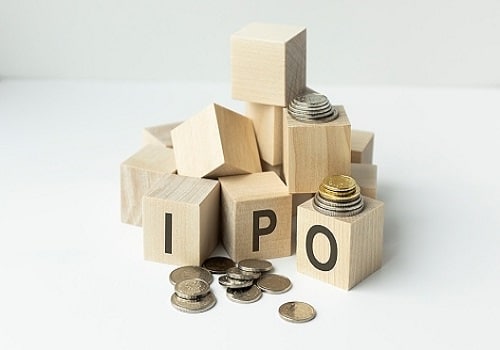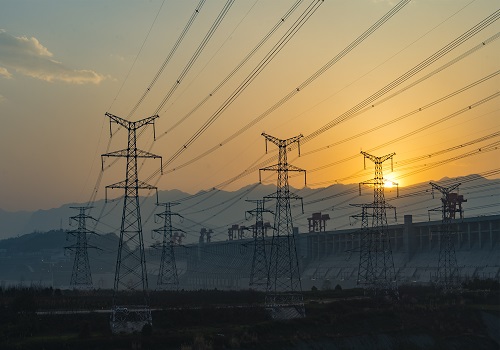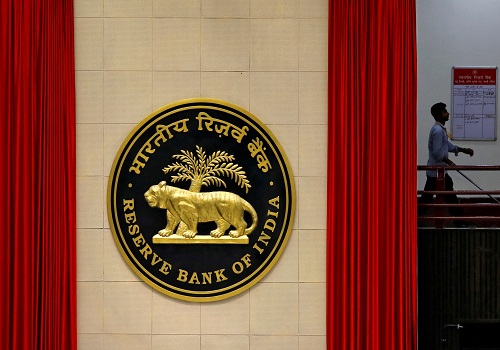SBICAPS : Monthly `Eco Capsule`- Overview of Global and Indian Economy - December 2023
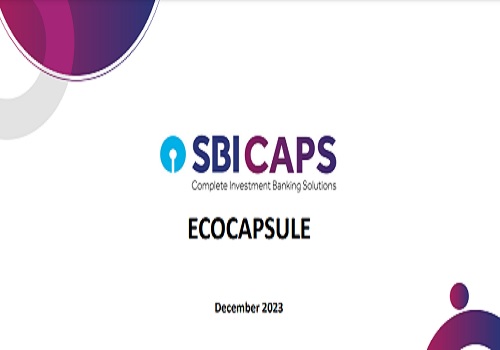
Follow us Now on Telegram ! Get daily 10 - 12 important updates on Business, Finance and Investment. Join our Telegram Channel
Executive Summary
If winter comes, can spring be far behind… goes a line from Shelley’s poem; but wouldn’t it be wonderful, if the winter itself could be prevented? Governments and Central Banks set out this unenviable task in the aftermath of COVID-19, and some observers say that they have partially succeeded. Growth estimates worldwide are being boosted, and though a slowdown is expected in the next 12 months, the scale and preponderance of it is now estimated to be much smaller than hitherto estimated. At the same time, inflation, which has proven to be surprisingly stubborn, has started coming down, though exposed to the vagaries of global crude and food prices. Further, geopolitical and climate risks remain burning issues, adding spice to the situation. The message is clear: keep fighting inflation, avoid the build-up of stimulus driven asset bubbles, and prize financial stability above all else
The second advance estimate for US real GDP growth for Q3CY23 was bumped up by 0.3pp to 5.2% q/q saar, building on an already strong first estimate number. US officials such as Ms. Yellen have already declared that a soft landing has been achieved, with consumer spending and service sector activity in good stead. A decent employment scenario is also prevailing, with only mild signs of stress. Taking heart from these numbers, and the lazy descent of inflation, the US Fed has harped on the higher for longer narrative. However, the markets are factoring rate cut into Q1CY24
Things are saltier on the other side of the Pacific, however, with China facing a change in outlook to “Negative” from “Stable” from Moody’s. this rap on the knuckles is on account of expected weakness in trade, and serious concerns about the property sector and local government debt. Stimulus attempts are being made, and saw some fruition around the Golden Week, but whether such a recovery is sustainable, is being called into question. The cooling embers at the Chinese dragon’s mouth are helping dip commodity prices
Chiefly affected are Brent crude prices, which have tanked 5% m/m, despite continuous narrative from the OPEC+ to cut supply. The possible rift within OPEC+ members, delayed the OPEC meeting, and hushed bilateral meetings between heavyweights such as Russia and UAE, have also contributed to reeling prices. The OPEC continues to predict better oil demand than earlier, but with demand-supply dynamics on a razor’s edge, and the new geopolitical spanner of Venezuela’s intentions in Guyana, any guess seems hazardous
The continued importance of fossil fuels is not only highlighted by this attention to oil, but also in lukewarm commitments made in COP28. Keeping aside the paradoxical oil-related meetings which supposedly happened on the sidelines of COP28, global leaders are far short of consensus. Bigwigs such as India and China failed to agree to triple their renewable capacity by 2030, for instance. The globe also seems divided on the role of nuclear energy, with a small number of countries actually intending to triple renewable capacities, even as Germany eschews existing plants. Funding towards adaptation and a loss reserve seem to have limited interest from nations.
A rosier outlook for global growth beckons, though punctuated with uncertainties, which will keep governments on their toes…
India is basking in this gentle Sun, with real GDP growth in Q2 surpassing all estimates to blaze at 7.6% y/y. This has prompted reassessments across the board, with the RBI pulling up its estimate for FY24 by a mammoth 50bps to 7.0% y/y. The growth in Q2 was supported by construction and related manufacturing segments such as steel and cement, contributing a lion’s share. The infra-dominated growth triangulates with the strong capex push by the Union and States, and GFCF grew by 11% in Q2FY24 (above 8% for the 6th straight quarter). These trends are also reflected in high frequency indicators such as PMI, eight core, road construction, and power consumption, which boomed during this period.
There was a slight moderation in services sector, which grew at the slowest pace since Q4FY22, with certain contact-intensive sectors yet to fully recovery from COVID-19. A major contributor to services growth has been the financial sector, with credit outstanding experience a swell for much of FY24. This may face headwinds with RBI’s move to increase risk weights in high growth segments, though it will be partially compensated by a pick-up in private industrial capex from H2FY24 onwards. The domestic consumption story remains intact with Housing sales, vehicle sales, and air traffic continuing to show confidence, though rural growth likely lags urban growth.
The external sector now seems unlikely to be a cause of worry, as major export markets such as the US have been resilient, and copious buffers cushion the forex position. Along with benign oil prices shielding imports, and generous remittances, besides renewed FII flows, this means the CAD would be ~1.3% of GDP in FY24, which would be eminently manageable. This also improves the net export component of GDP. Based on positive factors now outweighing other considerations, we now estimate real GDP to grow at ~6.8% y/y, with nominal GDP set to grow at 9.5% y/y, both upward revisions from previous projections.
In this macro-environment, the RBI has chosen the hard path of constructing counter-cyclical safeguards and ensuring financial stability, rather than chasing overheated growth. The RBI is circumspect on the inflation outlook as well, projecting 4.7% y/y CPI even in Q3FY25, while maintaining that it shall not compromise on the 4% goal once again. We continue to estimate CPI to be in line with RBI’s estimate of 5.4% y/y in FY24, with food prices as a key supply side risk. All this, coupled with the global narrative of higher for longer means that the timeline for rate cuts is pushed well into FY25, most likely not before Q2. Rate cuts are likely to be preceded by a cooling of short-term rates and change in stance, in that order.
The RBI is also looking at ensuring a fair distribution of a limited amount of liquidity across the banking system. Towards this, it has allowed the settlement of MSF and SDF balances even on holidays and desisted from using its own version of the Excalibur – OMO auctions. The alacrity in the policy, with subtle readjustments being favoured instead of drastic rate changes has meant that bond markets have settled down from previous months volatility. Corporate issuances in Nov’23 showed a recovery. Regulatory interventions, including changes in risk weights, imply the potential for additional increases in bank lending and deposit rates. We expect 10Y G-sec yields to hover in a range of 7.10%-7.40% in the near term
Above views are of the author and not of the website kindly read disclaimer
